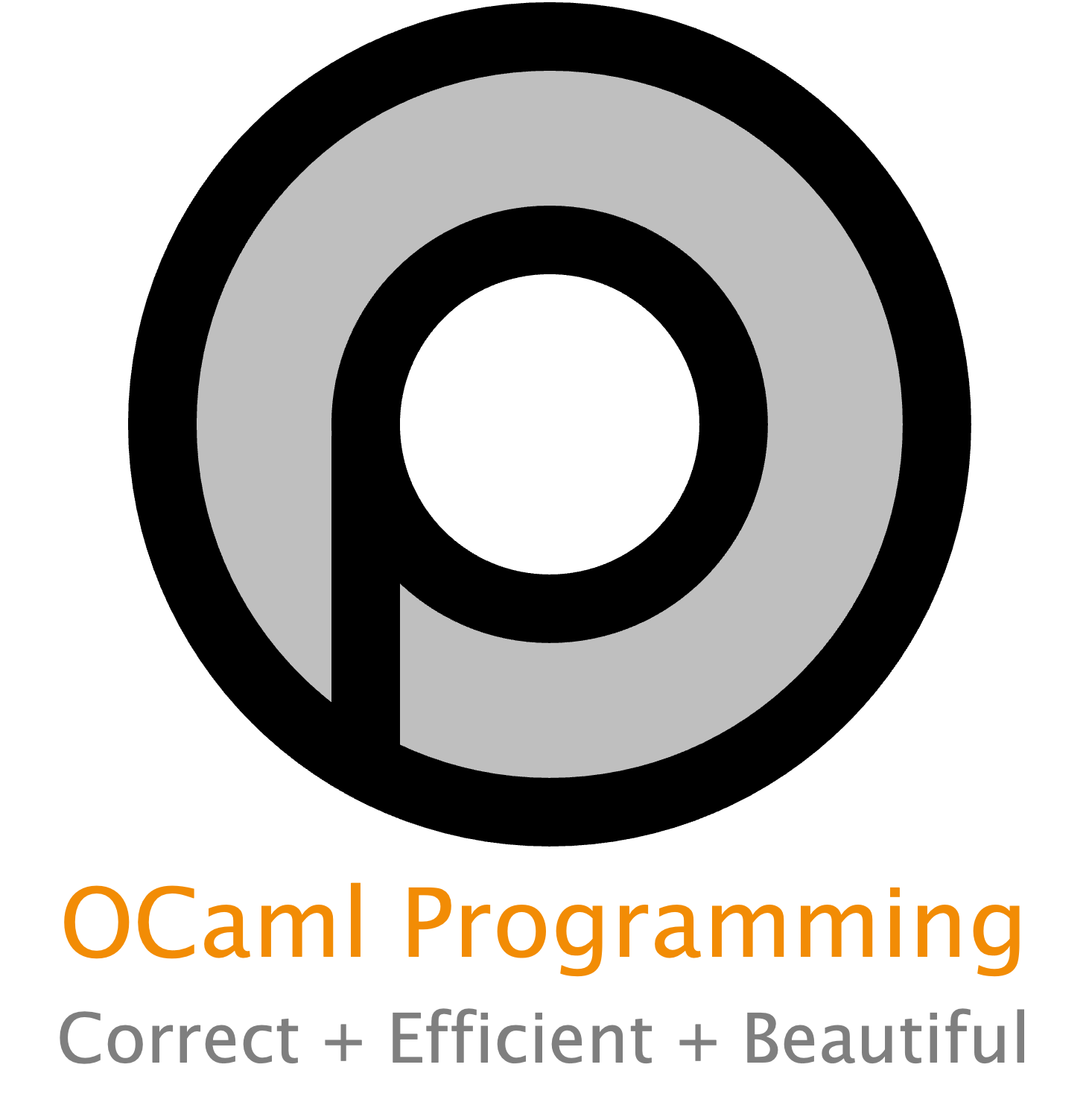5.1. Module Systems#
A programming language’s module system is the set of features it provides in support of modular programming. Below are some common concerns of module systems. We focus on Java and OCaml in this discussion, mentioning some of the most related features in the two languages.
Namespaces. A namespace provides a set of names that are grouped together,
are usually logically related, and are distinct from other namespaces. That
enables a name foo in one namespace to have a distinct meaning from foo in
another namespace. A namespace is thus a scoping mechanism. Namespaces are
essential for modularity. Without them, the names that one programmer chooses
could collide with the names another programmer chooses. In Java, classes (and
packages) group names. In OCaml, structures (which we will soon study) are
similar to classes in that they group names — but without any of the added
complexity of object-oriented programming that usually accompanies classes
(constructors, static vs. instance members, inheritance, overriding, this,
etc.) Structures are the core of the OCaml module system; in fact, we’ve been
using them all along without thinking too much about them.
Abstraction. An abstraction hides some information while revealing other information. Abstraction thus enables encapsulation, aka information hiding. Usually, abstraction mechanisms for modules allow revealing some names that exist inside the module, but hiding some others. Abstractions therefore describe relationships among modules: there might be many modules that could be considered to satisfy a given abstraction. Abstraction is essential for modularity, because it enables implementers of a module to hide the details of the implementation from clients, thus preventing the clients from abusing those details. In a large team, the modules one programmer designs are thereby protected from abuse by another programmer. It also enables clients to be blissfully unaware of those details. So, in a large team, no programmer has to be aware of all the details of all the modules. In Java, interfaces and abstract classes provide abstraction. In OCaml, signatures are used to abstract structures by hiding some of the structure’s names and definitions. Signatures are essentially the types of structures.
Code reuse. A module system enables code reuse by providing features that enable code from one module to be used as part of another module without having to copy that code. Code reuse thereby enables programmers to build on the work of others in a way that is maintainable: when the implementer of one module makes an improvement in that module, all the programmers who are reusing that code automatically get the benefit of that improvement. Code reuse is essential for modularity, because it enables “building blocks” that can be assembled and reassembled to form complex pieces of software. In Java, subtyping and inheritance provide code reuse. In OCaml, functors and includes enable code reuse. Functors are like functions, in that they produce new modules out of old modules. Includes are like an intelligent form of copy-paste: they include code from one part of a program in another.
Warning
These analogies between Java and OCaml are necessarily imperfect. You might naturally come away from the above discussion thinking either of the following:
“Structures are like Java classes, and signatures are like interfaces.”
“Structures are like Java objects, and signatures are like classes.”
Both are helpful to a degree, yet both are ultimately wrong. So it might be best to let go of object-oriented programming at this point and come to terms with the OCaml module system in and of itself. Compared to Java, it’s just built different.
